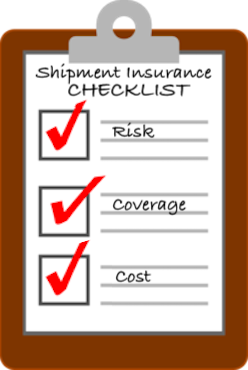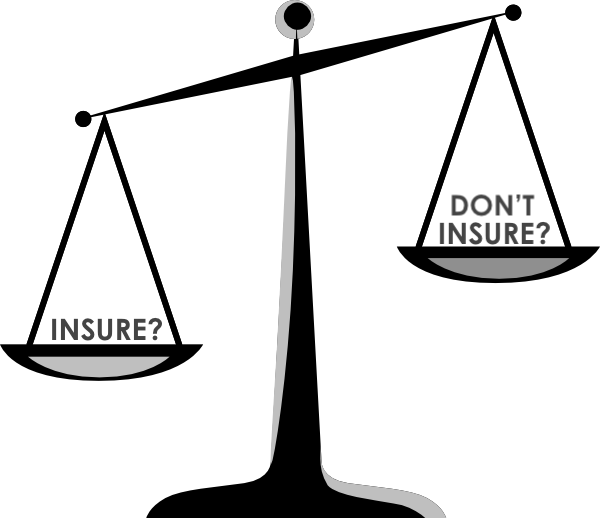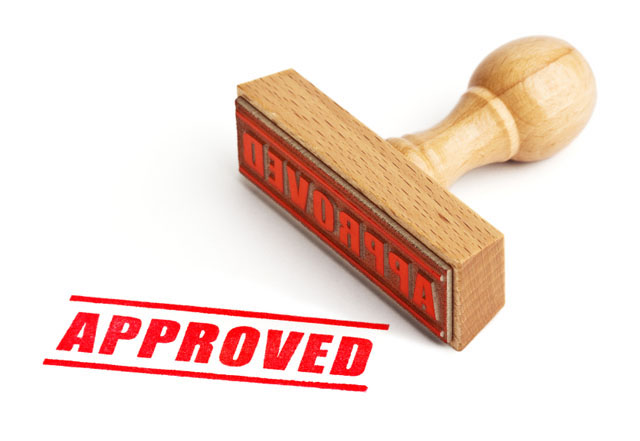As an ecommerce seller, it’s up to you to deliver the goods. That means getting sold items to their respective buyers promptly and in good order.
On the other hand, unless you’re hand-carrying each package to its destination (which we can safely assume you aren’t), you’re actually entrusting your items to a shipping carrier that you hope will do the job of delivering them in a timely manner and in the same condition they were in when you packed them.
Unfortunately, that doesn’t always happen, which is where insurance comes into play. Here are 3 things you need to do in order to insure your ecommerce shipments both thoroughly and cost effectively.
1. Assess the risk.
First, do a quick risk assessment. Judging whether insurance is really needed is a whole ‘nother topic in its own right, but basically you should consider what the item is and where it’s going. If it’s fragile and/or expensive and/or highly susceptible to theft and/or headed for a potentially sketchy destination, then yes, you should insure it.
2. Understand the coverage.
Getting insurance through your carrier may seem easiest, but it can cost you in more ways than just the price of their coverage, even when that coverage is offered free of charge. USPS includes $100 worth per package (note: not per item in that package!) in the price of their Priority Mail postage, while UPS and FedEx give you that amount of coverage free with every package.
You can also purchase additional coverage, if desired, as long as you declare the value of each shipped item.
However, the major carriers’ coverage is for declared value only. The amount of their coverage equals their maximum liability should that package be lost or damaged in transit. Furthermore, with this type of coverage, the shipper must prove that the damage or loss is directly due to the carrier’s negligence. This can be hard to prove — and result in denial of a claim.
For true insurance, it pays to look to a third-party insurer, who will usually provide fuller coverage at a lower cost. In addition, they provide cargo insurance, which pays out regardless of carrier negligence.
In addition, be sure to check the insurer’s list of exclusions (both items and destinations) as well as their requirements for packaging and filing a claim.
3. Consider the cost.
This is basically a no-brainer. Let’s use ShipSaver’s rates as an example. For domestic USPS packages, it will cost you $1 for each $100 worth of coverage; by contrast, insuring packages through eBay costs $1.65 for up to $100, while at the post office you’ll be charged $2.10 for $0.01-$50 and $2.70 for $50.01-$100.
Additionally, only third-party providers like ShipSaver will insure packages shipped via USPS First Class International.
For packages shipped domestically via FedEx or UPS, ShipSaver’s price is $0.75 per $100 of coverage from $100.01 upward, whereas once you exceed their first $100 of free insurance, you’ll pay $2.70 for $100.01-$400 in coverage at FedEx or UPS.
Check out ShipSaver’s latest rate comparisons for insuring domestic and international packages. Then select the shipment insurance that’s right for you and your ecommerce business.



 ShipSaver
ShipSaver April 18, 2019
April 18, 2019 